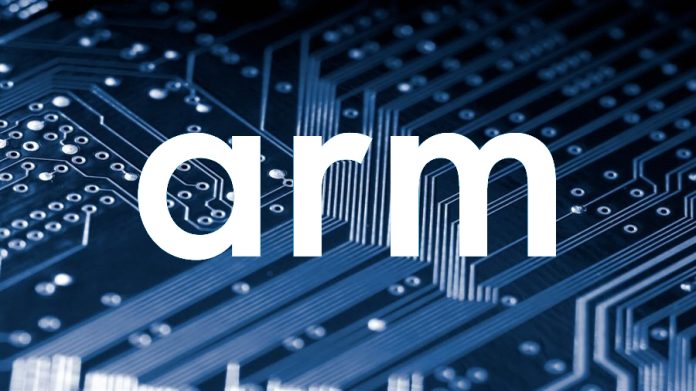Arm has integrated its development tools for embedded devices into the open source GitHub developer platform, home to 90 million developers, for faster IoT development. It is also working with development workflow providers Qeexo and Nota.AI to make its digital-twin developer software available on both firms’ automated machine learning (autoML) platforms.
The announcements are related to the UK firm’s introduction a year ago of cloud-based simulation software, Arm Virtual Hardware, to enable developers to create digital test models of subsystems and third-party boards, instead of “building or maintaining complex board farms” as physical prototypes. The launch has provided developers with access to modern practices for scaling ML and developer operations (MLOps and DevOps) flows.
A few months back, Arm added models of third party development kits to its Virtual Hardware offering, as part of a flurry of cloud-based IoT design innovations, under the moniker Total Solutions for IoT, to further accelerate development of IoT products. The new partnership with GitHub sees Arm’s developer tools integrated (“native availability”) into the CI/CD GitHub Actions platform, geared for developers to automate their build, test, and deployment pipeline. The arrangement covers Arm’s cross-compiler and virtual hardware tools.
Paul Williamson, senior vice president and general manager of IoT at Arm, said: “Developers can now use the Arm compiler and cross-compiler natively within GitHub Actions, as well as access Arm Virtual Hardware models of Corstone-based compute systems and Arm Cortex-M processors via self-hosted and GitHub-hosted runners. We’re excited to bring the accelerated development and CI workflows Arm Virtual Hardware can deliver to GitHub – a platform we know developers love.”
The other partnerships, with US-based Qeexo and South Korea-based Nota.AI, are about autoML, to automate the process of ML model development. “These AutoML platforms are changing the paradigm for the accessibility and ease-of-deployment of ML workloads – a natural fit with Arm’s goals for Arm Virtual Hardware… to empower developers to start sooner and work faster in bringing new innovations to market to address the huge opportunities in IoT,” said Williamson.
The Arm Virtual Hardware software will be available as a development target on their platforms later this year, said Arm. Williamson continued: “These are just a few recent highlights that illustrate the progress we’re making since we radically simplified and accelerated software design for IoT and embedded devices with the introduction of Arm Virtual Hardware. Multiple cloud-based AI and IoT toolchains have already integrated Arm Virtual Hardware directly into their offerings, meaning developers can start sooner, test at scale, and bring their innovation to market faster.”

